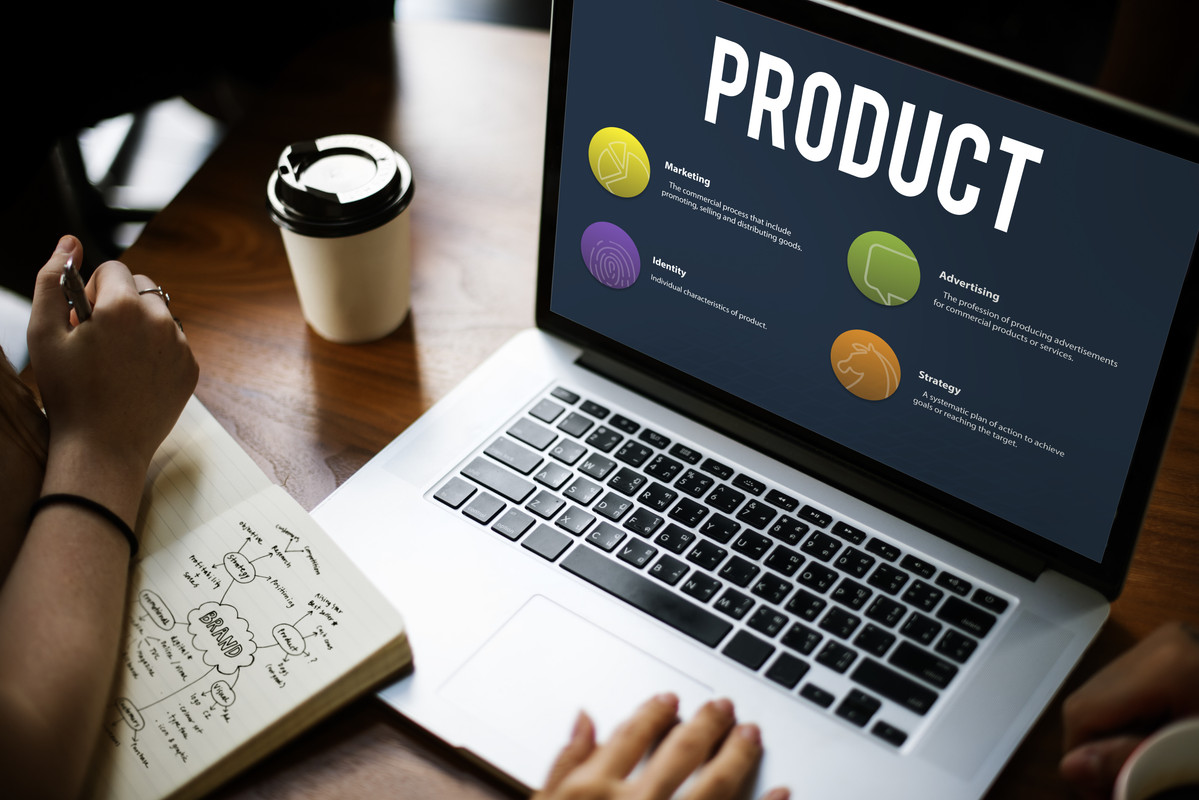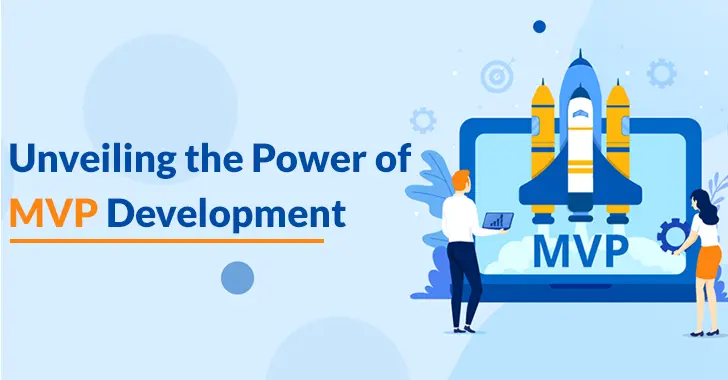
Bringing a new product idea to market is both exciting and risky. With limited resources and high uncertainty, how do you ensure your product meets real user needs without wasting time or money?
The answer lies in building a Minimum Viable Product (MVP)—a development strategy that focuses on building the core features necessary to validate your idea, gather feedback, and iterate quickly.
In a competitive digital landscape, MVP development allows startups and businesses to test assumptions, reduce risk, and accelerate time-to-market. If done right, it becomes the foundation of a product that users want—and investors trust.
An MVP is the simplest version of your product that solves a key problem for your target audience. It includes only the most essential features, avoiding complex designs or advanced functionality that can be added later.

The goal of an MVP is not to launch a perfect product, but to:
MVPs are especially common in tech startups, SaaS platforms, mobile apps, and eCommerce tools—but the principle applies across all industries.
Many products fail not because of poor execution, but because they build features nobody needs. MVP development shifts focus from building everything at once to building what truly matters first.

Key reasons to build an MVP include:
Here’s a step-by-step approach to building a successful MVP:
1. Define the Problem
Start by identifying the core problem your product aims to solve. This should be specific, measurable, and aligned with real user pain points.
2. Identify Your Target Audience
Narrow down your primary users. Understand their behaviors, needs, and motivations through research, surveys, or interviews.
3. Outline Core Features
List all potential features, then prioritize only the must-have ones needed to solve the core problem. Remove anything non-essential.
4. Choose the Right Technology
Select a tech stack or no-code/low-code tools that enable quick development and easy iteration.
5. Design and Develop
Create a user-friendly interface, keeping the experience simple but functional. Focus on usability over perfection.
6. Launch to a Small Audience
Release your MVP to a limited group of real users. Early adopters can provide invaluable feedback to guide the next phase.
7. Analyze, Learn, and Iterate
Track key metrics (usage, churn, feedback) to evaluate what’s working. Use these insights to refine or pivot your product.
Many successful companies started with humble MVPs before becoming global brands:
These stories show how starting small can lead to massive growth.

MVPs should be intentionally lean—but not so minimal that they fail to demonstrate value.
An MVP is not a finished product. It's a starting point. Once you validate that users want and need your product, it's time to:
The goal is to turn your MVP into a full-fledged product—with the confidence that you’re building something that truly matters.
MVP development is one of the most effective ways to reduce risk and bring your product idea to life quickly. By focusing on solving a real problem with a lean version of your product, you gather valuable feedback, validate your concept, and build momentum for future growth.
Whether you're a startup founder, product manager, or entrepreneur, embracing the MVP mindset can save time, cut costs, and significantly increase your chance of long-term success.
Our team specializes in agile product development—from ideation to launch. Whether you need a prototype, a no-code MVP, or a scalable platform, we can help you bring your vision to market quickly and effectively.
Please reach out to us today to discuss your idea and start building your MVP with confidence.